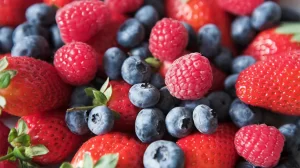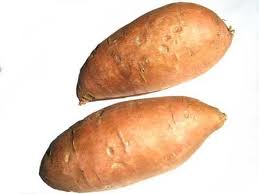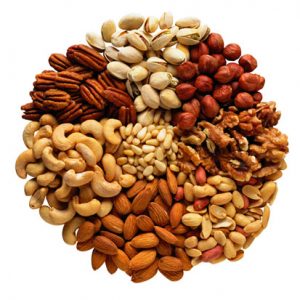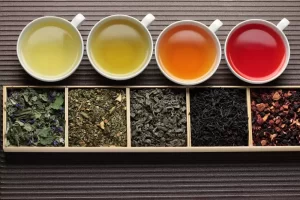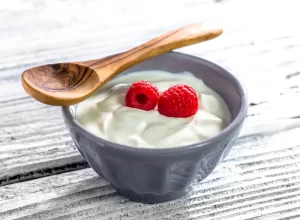You’ve probably heard about Superfoods. These are foods that contain a high amount of essential nutrients or nutrients that are particularly useful in keeping you healthy. As the research into nutrition continues, you might be left wondering just what foods you should try to eat more of. Well, here are a few ideas.
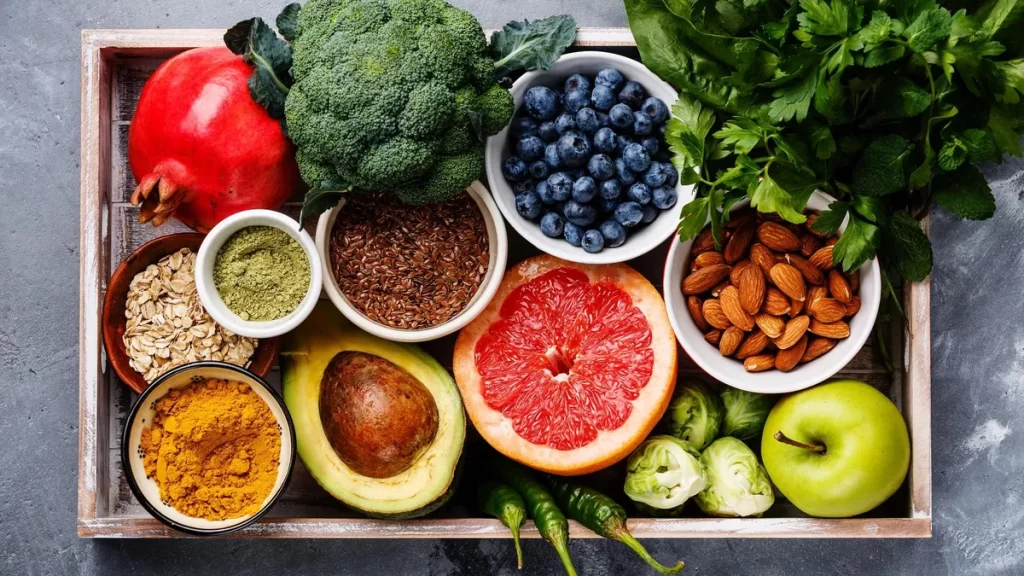
Berries. Any kind of berries is a great superfood because they contain high amounts of fiber, something most Americans don’t get enough of. Also, berries contain lots of antioxidants, particularly those that help keep your brain function and memory sharp. And, of course, they have lots of Vitamin C.
You might be wondering what all the fuss over antioxidants is about. Antioxidants do just like what they sound like they do — they keep things from oxidizing. That means they prevent a substance from combining with oxygen molecules, which change the structure of that substance’s molecules. Have you seen metal rust? How about butter or milk go bad? Those are examples of oxidation. In your body, oxidized or rancid particles, called Free Radicals, take on a sharp, throwing-star shape if viewed under a microscope because they lack a necessary electron in their atoms. They nick the sides of blood vessels, especially small arteries where the pressure is higher. That leads to the formation of blockages that cause heart attacks and strokes. They also can cause small damages to other vital organs which build up over time. Free radicals occur naturally in the body, such as the liver’s burst of free radicals as it tries to metabolize alcohol. That’s why excessive drinking is bad for you. Antioxidants not only help stop the cascade of free radicals from developing but they help them become stable so they can be removed by the body. The strongest antioxidants we know about so far are the vitamins C and E. Both are found in abundance in fresh fruits and vegetables.
Eggs are an excellent, affordable source of both high-quality protein and a different set of antioxidants. These antioxidants are particularly useful in helping prevent developing eye problems. Eggs also have been shown to leave you feeling more satisfied than other foods, keeping you from getting hungry as fast. Eggs do have a lot of fat and cholesterol in them, so consumption should be limited to about three or four a week. Remember to take into consideration any eggs used in making other dishes. Learning to poach eggs instead of frying makes them even healthier.
Beans. These are extremely valuable to your diet, nutritionally and for improved health. First of all, there’s the fiber. Lots and lots of fiber. This fiber helps keep the blood’s cholesterol levels down. Beans also contain iron, an essential nutrient, especially for women. Iron helps your blood transport oxygen to the rest of the body. To make them even more effective, beans should be combined with a Vitamin C source, such as lemon juice or sweet potatoes.
Speaking of Sweet Potatoes, they are quickly becoming the darling of the food science world. They grow all over the world and have been found to be nutritional treasure houses. They contain alpha- and beta-carotene, which not only give them their color but are used by the body to make Vitamin A. Vitamin A is needed to help keep your eyes, bones and immune system healthy. They also contain lots of Vitamin C and other antioxidants. The Center for Science in the Public Interest calls the sweet potato the most nutritious vegetable we have.
Nuts are rich in unsaturated fats, which help protect the heart and other organs. Some studies show eating nuts can add up to two years to your life. The Big Daddy of Health in the nut world is the walnut, which contains essential fatty acids that not only help your heart but can improve your mood.
Oranges contain lots of Vitamin C, a powerful antioxidant. Vitamin C also helps the body produce disease-fighting white blood cells and antibodies.
The wonderful thing about Broccoli is that it is one of the most affordable, most nutritious green vegetables around. They are loaded with what are called phytonutrients, substances that form only in vegetables and plants, especially green ones. While research is continuing, we know the most about what are called carotenoids, the substances that give plants, fruits, and vegetables their color. You’ve probably heard of beta-carotene that gives things an orange or green color. There are also polyphenols that help plants absorb and metabolize food. Scientists think they may do the same for us. Broccoli also contains a substance that helps the body make detoxifying enzymes.
Tea. Whether it’s black, green, or red, tea has lots of antioxidants which may reduce the chance of coming down with Alzheimer’s, diabetes, and some cancers. It also may help you have stronger teeth, bones, and gums. It’s best consumed freshly brewed. But if you want to keep some in the fridge, just add a squeeze of lemon juice or other Vitamin C source to keep the antioxidants from breaking down.
Of the leafy greens, spinach is one of the most nutrient-rich. There are more nutrients in fresh spinach than cooked, but either way, it’s still good for you, just like your mother said. I like to use spinach instead of regular iceberg or Romaine lettuce in salads or on sandwiches. For one thing, fresh spinach keeps longer in the refrigerator.
Lastly, there’s yogurt, which contains “good” bacteria that help your digestive system. It also contains lots of calcium and other minerals your body needs. You can get yogurt made with fat-free milk and artificial sweetener, making it easier on your waistline than regular yogurt. Greek yogurt has the greatest nutritional kick, but also the most fat.
There you have a few ideas of superfoods readily available and affordable to eat all the time in The Bachelor’s Kitchen. Add these to your grocery list and try to eat some of these every week for a healthier you.
